Caught in an architectural déjà-vu? Emre Arolat offers salvation, one building at a time
Too many architects are like faded pop stars, stuck belting out their design hits on repeat. But this Turkish architect makes buildings that speak to the present in new ways.
Eat, sleep, repeat. It’s a mindset that comes to dominate too many outwardly triumphant creative lives. An author who is trapped in an endless cycle of writing romantic bestsellers, fearing that her readers will abandon her if she reveals her murderous side. Or a chef who becomes known for a single signature dish that he now despises but cannot remove from the menu if the takings are to be kept buoyant. It’s like being a character actor, the sort always drafted in to play the same role over and over. In the end it dims the soul (if not the bank balance).
This type of dread can easily settle into the hearts of architects – the recognition that people just want another one of those buildings you have been trotting out for decades, one with that familiar, distinctive silhouette. But what if you wanted to do things differently for once?
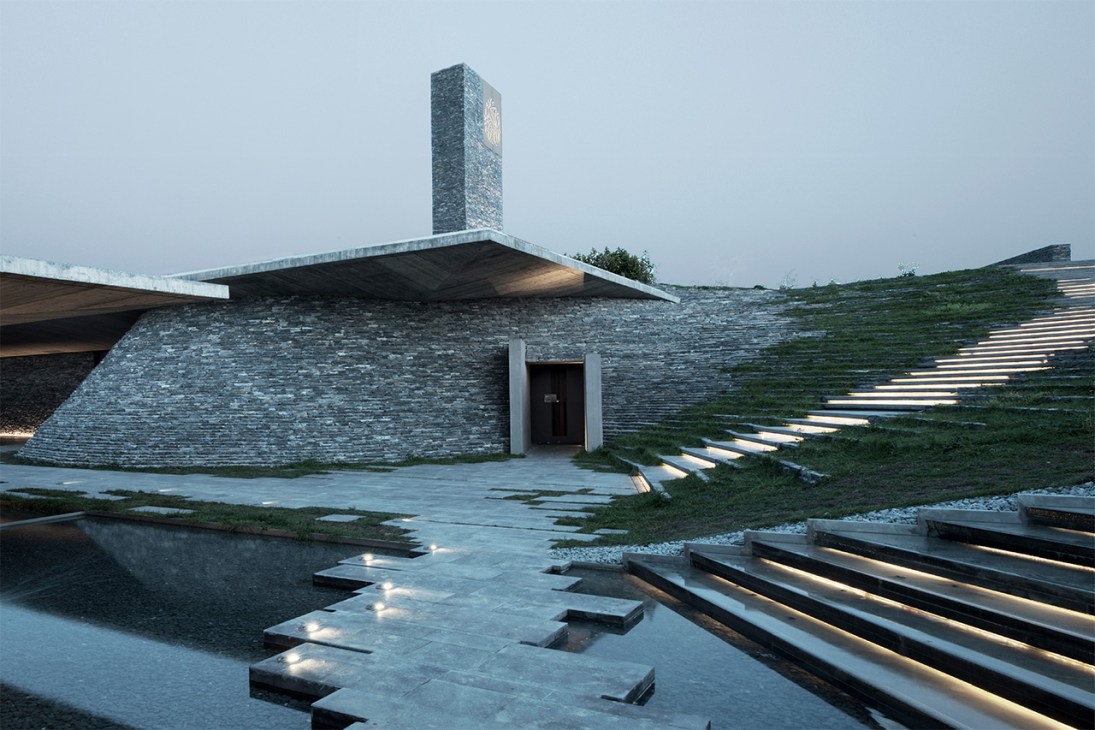
Celebrated Turkish architect Emre Arolat has dodged this fate by following a different path. It’s a path that has allowed his studio, Emre Arolat Architecture (EAA), to deliver projects from hospitality to transportation, which delight and amaze but also challenge what has gone before. “You see a building in Bilbao or in New York and you can clearly identify who it is by,” says Arolat. “But there is another way of doing architecture – one that emphasises context and looks to engage more deeply with the environment and the distinctive qualities of the place. I am on the second path. Not creating an object of desire every time but understanding the specific tendencies and memories of a place.”
Monocle met Arolat at the recent Abu Dhabi Infrastructure Summit – his Istanbul-anchored practice works widely in the region – to record an interview for our podcast, The Urbanist. The scheduling at these events is fast. Yet, in our radio booth, the pace slowed as Arolat began to explain his philosophy: a way of working that has delivered endless wins but has also left him questioning things. It was one of those interviews that settles on you.
Our conversation shifted to one of the architect’s best-known projects, the Sancaklar Mosque. Set in a prairie-like landscape overlooking a lake, with a gated community nearby, the mosque sits on the western edge of Istanbul and was completed in 2012. But let go of any preconceptions about what a mosque might look like – just as Arolat himself did.
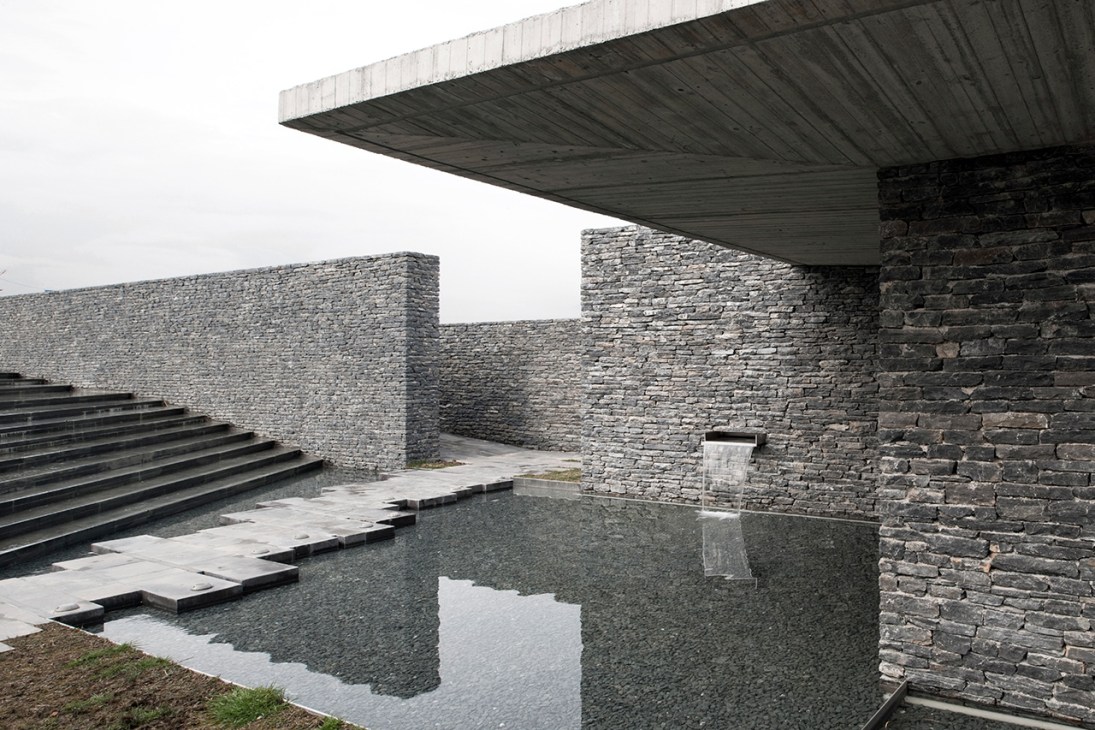
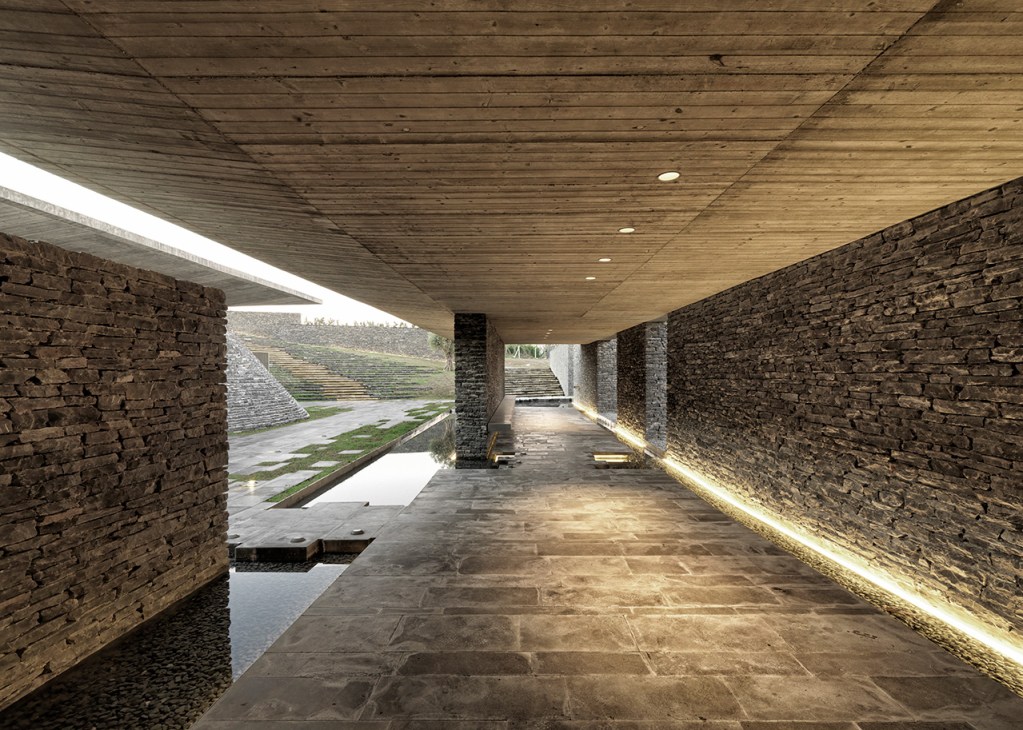
“When you design a new mosque, especially in Turkey, the first thing that you have to face is the 16th-century Ottoman scheme,” he says. “Ninety-nine per cent of new mosques obey these rules, which were written hundreds of years ago, stating that they must have a cupola, a distinctive minaret, and, let’s say, a pre-designed shape.”
So Arolat, who says that he is not a “100 per cent believer”, took a different course. He studied – and for months – the essence of prayer in Islamic philosophy. Anywhere that’s clean can be a prayer room, it transpired, so there was a freedom of design available here. He also looked at the site and studied the land. When people began to sense that he would be proposing a mosque design that defied norms, he said “there were lots of reactions from the community, from the authorities and everyone”. But he knew that he had to create something specific and slowly, people were won over. They, like him, started to see the world anew.
The building that he erected seems to disappear into the land. From the outside, all you see are the gardens, the stone courtyard walls and a large stone cube – the minaret. Inside, there’s a tea house, a library and a dramatic cave-like prayer room where worshippers can find solitude with God. Its design is mostly stripped of embellishment. It’s like nothing else; not an Arolat sequel but a one-off. And the community? It has embraced this singular vision.
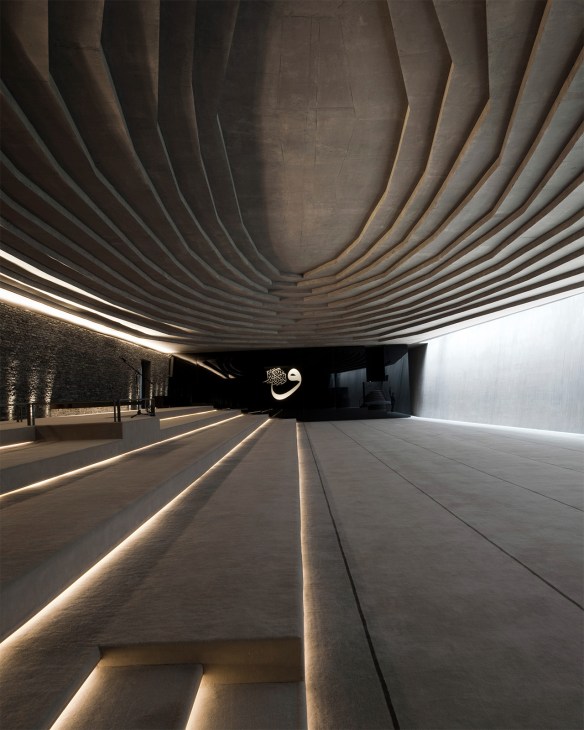
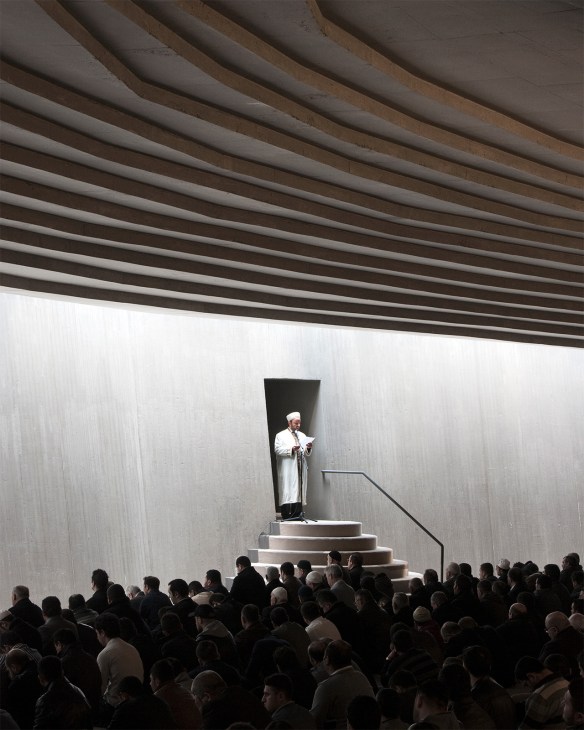
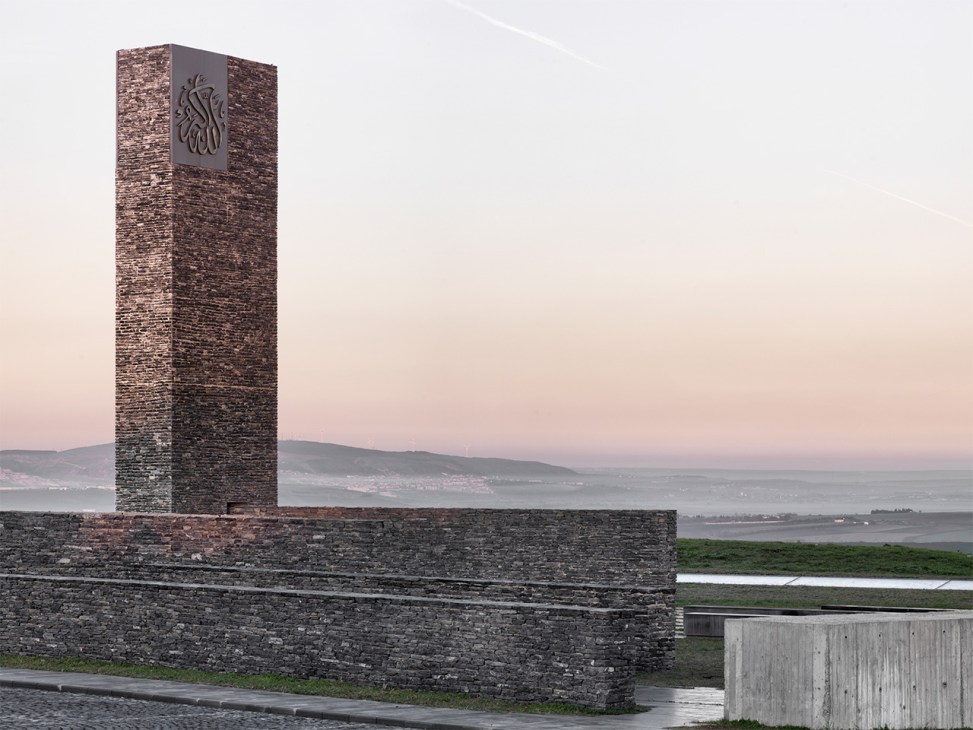
Before I let Arolat return to the commotion of the summit, I asked him a basic question. “Do you like being an architect?” Arolat smiled. “That is a question that I ask myself every day,” he said. “There are moments when I adore my profession; both of my parents were architects, so this was a natural path for me. But sometimes the answer is ‘yes’ and sometimes it’s ‘no.’” I pressed on. “But surely when you see the mosque, for example, don’t you think, ‘OK, I’ve created something of beauty, of value’?” But he was reluctant to accept this take on his career. “I don’t like my buildings at all. I mean, I don’t like what I’ve done; I’m always looking toward the future.”
And perhaps this is the secret to his ingenuity – to not being like a fading pop star, trapped on stage belting out their old hits again and again. There’s a lesson here for all of us: stay humble and always believe that the best is yet to come.
You can listen to the rest of our interview with Emre Arolat on this episode of ‘The Urbanist’, below.


